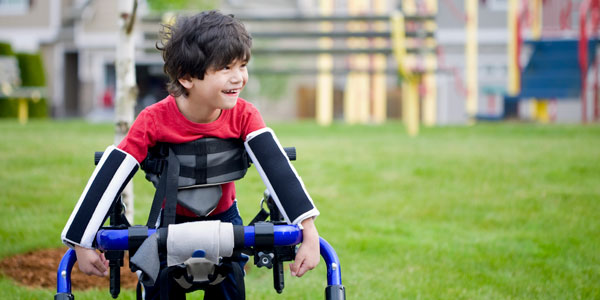Cerebral palsy is a group of disabilities that affect children when they’re young. It can occur as a fetus, during delivery or after birth. For example, if a pregnant woman is affected by chickenpox or measles, there are high chances of brain damage to the developing fetus. In addition, a disruption in blood supply to the fetus could also cause cerebral palsy.
Symptoms
- The symptoms of cerebral palsy are:
- Involuntary movements
- Difficulty in hearing or speaking
- Dental deformities
- Delayed growth such as difficulty in walking or sitting up, sucking your thumb and problem in swallowing food.
Diagnosis
- Brain scans or tests are conducted to check for any signs of brain damage.
- Medical history checkup
- MRI (magnetic resonance imaging) for taking images of the brain.
- CT (computerized tomography) scan to get cross-sectional images of the brain.
- Blood tests to rule out any other underlying problems.
- Types of cerebral palsy
- Spastic Cerebral Palsy
- Muscles on one side of the body or both sides become stiff, and the child has difficulty moving.
- Athetotic Cerebral Palsy
- The entire body lacks control over actions.
Treatment
Therapy options
Physical therapy
It involves muscle training and exercise. It helps a child develop coordination and balance as well as strength. In addition, essential activities such as using crutches, braces or a wheelchair are taught. These aid a child’s movement.
Speech therapy
Children are taught sign language as well as how to form words. They take more time than normal children to learn, so specifically trained professionals aid their education.
Occupational therapy
Children are taught everyday activities like holding a pencil, writing, reading.
Medication
Muscle relaxants help reduce the stiffness in muscles. Zanaflex, diazepam and gallium are the most commonly prescribed medication.
Botox injections are provided to reduce muscle spasticity.
Surgery
For a child with deformed bones or joints, orthopaedic surgery is performed to place the bones in their correct position.




